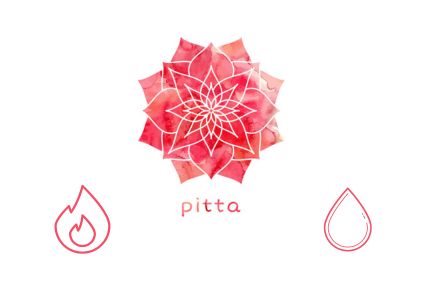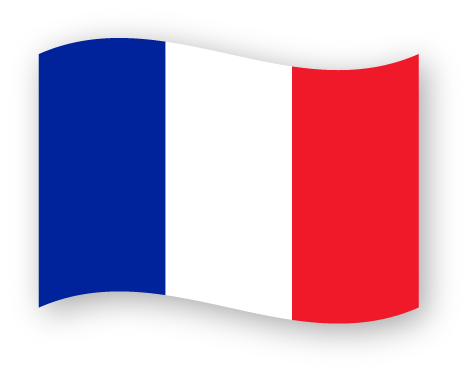Le Dosha Pitta

The Pitta dosha is basically the fire element with water as a secondary element. Pitta means "that which digests things". It is responsible for all chemical and metabolic transformation in the body. It digests our emotions, governs our resilience, sharpens our ability to perceive reality and understand things as they are. It is all fire, light, hot, intense, but also wet, fluid and smelly.
The characteristics of a Pitta type person are precision, logic, the ability to plan and to carry out projects. He has a good memory and understands quickly.
Pitta is hot, it is the fire of digestion, it is him who absorbs and assimilates food. He has a good appetite, triggers hunger and thirst and beware if you get between him and his plate. It has the function of maintaining the body temperature, its skin and eyes are clear. It exists in our body mainly in the form of acid, since fire itself would destroy it.
Emotionally, Pitta has a strong character. He is ambitious, confident in his abilities, courageous and intelligent. His sharp and focused mind makes him want to learn and know everything, but beware, the information he gets, he manipulates it to his advantage. He thinks more about himself than about others.
Locations of Pitta
Pitta's primary location is the stomach and small intestine. Its secondary locations are the liver, spleen, pancreas, gallbladder, acids (gastric, lactic...), sweat, sebaceous glands, blood, lymphs and the organ of sight.
The five forms or sub-doshas of Pitta (fire)

The five sub-doshas of Pitta are: Sadhaka, Alochaka, Bhrajaka, Pachaka and Ranjaka.
Sadhaka is the fire that determines truth or reality. It is located in the brain and heart, the area in which the seat of consciousness is located. This sub-dosha allows us to accomplish the goals of the intellect and intelligence. It allows our ego to develop worldly goals of pleasure, wealth and prestige as well as the spiritual goal of liberation. It governs our mental energy, our mental digestion (assimilation of ideas and beliefs) and our power of discernment. Its development is accentuated by the Yoga of Knowledge which is Jnana Yoga. When this sub-dosha is out of balance the heart can malfunction and disrupt the blood supply to the brain, producing behavioral disorders such as torpor or, conversely, excitability. The plants used to regulate the imbalance of this sub-dosha are Brahmi, Centella and Arjuna.
Alochaka is the fire that governs visual perception. It is responsible for the reception and digestion of light from the outside world and is located in the eyes. This sub-dosha, which also promotes the acuity of the other senses, can cause vision problems if it is out of balance. It is possible to rebalance it with eye baths of rose water or triphala water. Eye yoga exercises can also be beneficial.
Bhrajaka is the fire that governs the radiance of the epidermis and the complexion. It is located in the skin and maintains the skin tone. When aggravated, it causes rashes, dryness, eczema and discoloration. This sub-dosha can be soothed with mainly three plants: Neem, Turmeric and Aloe Vera. It also regulates the assimilation of heat through the skin.
Pachaka is the fire that digests food and is equivalent to the phase of transformation and separation of useful nutrients from waste. Located in the small intestine, it governs the digestive power. It is the basic support for the other forms of Pitta and as such it must be treated as a priority to appease Pitta. When it is disturbed, it affects all the other forms of Pitta doshas. Burning eyes, redness of the skin and more commonly inflammation of the intestines with disturbances in bowel movements are signs that alert to an imbalance of Pitta. To remedy this Pachaka disturbance, it is advisable to eat refreshing foods, not to doze off after meals, and not to forget to walk daily.
Ranjaka is the fire that gives color in general and particularly to blood, bile and stool. It acts on the transformation of the nutrients that come to feed the blood. Very logically, its main seat is in the blood and its secondary locations are in the liver, the spleen, the stomach and the small intestine. In case of a blood problem, it will be necessary to check first of all if these organs are functioning well, especially the spleen and the liver. Ranjaka is the cause of most liver disorders.









